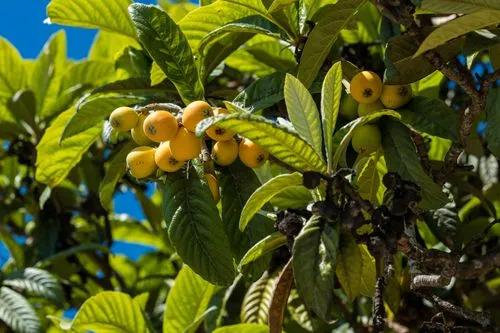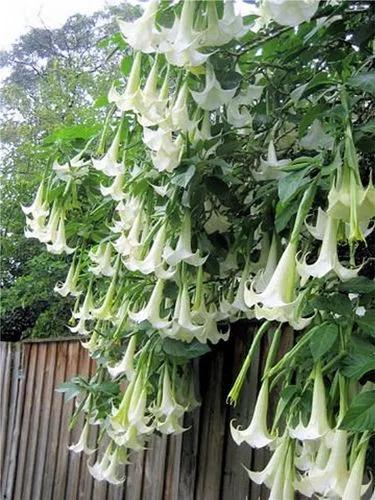Euphorbia lactea is a species of spurge native to tropical Asia, mainly in India. It is an erect shrub growing up to 5 metres tall, with succulent branches 3–5 centimetres diameter, with a triangular or rhombic cross-section, and spiny ridges.
Mottled Spurge Care
Euphorbia lactea



Euphorbia lactea is a tall, dark-green, many-branched, cactus-like shrub or small tree hairless throughout. It has a distinctive silhouette and can grow 3-6 m tall (or more) but rarely does in cultivation. Euphorbia lactea is one of the most common succulent euphorbias in cultivation, but highly variable with several forms and hybrids making precise descriptions of it difficult. Variegated and crested Euphorbia lactea is a popular subject for grafting; prized specimens are intricately convoluted and blend creamy white with shades of green and pink.
How to Care for the Plant

Water

Water thoroughly when soil is dry to the touch during active growing season (more than once a week during hot weather). In the winter months, waterigs should be suspended or restricted to once over the winter. The most common failure in growing this plant is over watering, especially during the winter months.

Fertilizer

Feed mottled spurge twice monthly during the active growing season, from April until early September. Use low nitrogen fertilizer with a ratio of 5-10-10 or 10-20-20, for the best results. Apply the fertilizer at 1/4 strength to prevent root burn and water liberally afterward.

Sunlight

It need bright light to partial shade for best appearance (but the variegated forms do best if protected from strong sunshine in the hottest hours of the day).

Soil

The plant likes porous soil with adequate drainage.

Temperature

Euphorbia lactea is only hardy to 5°C and most grow it either in pots or in very protected locations.

Container

Choose any container with enough drain holes.

Popularity

489 people already have this plant 133 people have added this plant to their wishlists
Discover more plants with the list below
Popular articles






